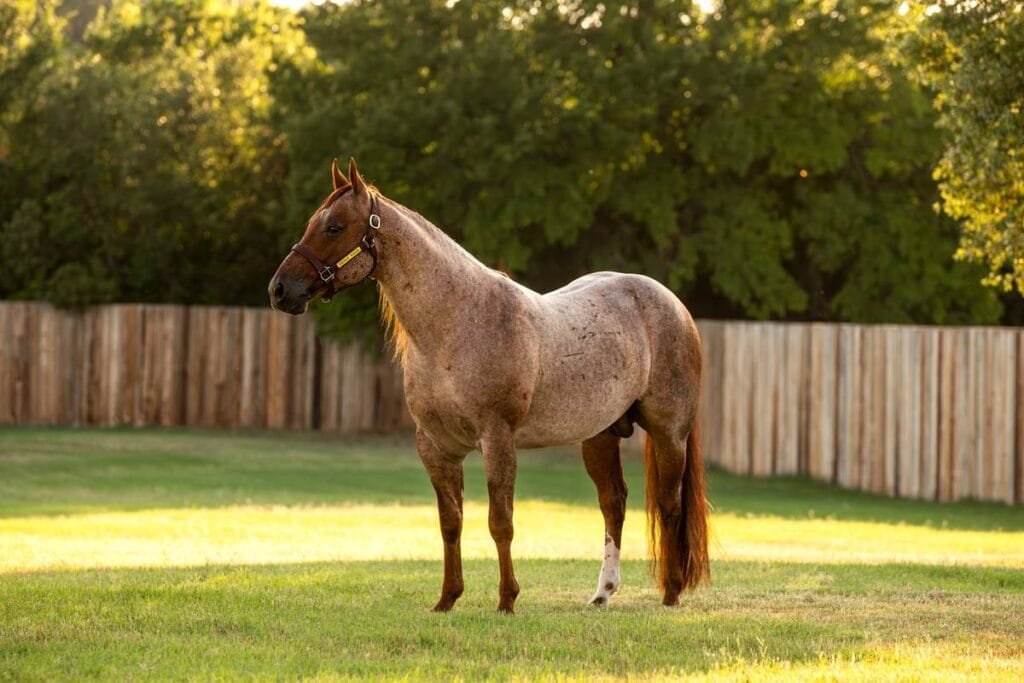It is also home to a unique breed of horse that captures the hearts of locals and visitors alike—the Danube Delta horse
This breed is a symbol of resilience and beauty, deeply intertwined with the cultural heritage of the region.
A Glimpse into the Danube Delta
The Danube Delta is a UNESCO World Heritage Site, located in Romania and Ukraine. It is a sprawling network of waterways, marshes, and lush vegetation, offering a haven for countless species of birds, fish, and other wildlife. Among these natural wonders, the Danube Delta horse stands out, representing the harmonious relationship between humans and nature.
Feature details
| Feature | Details |
|---|---|
| Origin | Evolved from local horses and those brought by traders and invaders. |
| Height | Typically between 14 to 15 hands high. |
| Build | Medium-sized, compact with strong legs and well-defined muscles. |
| Coat Colors | Commonly bay, chestnut, and gray. |
| Temperament | Gentle, calm, intelligent, and easy to train. |
| Role in Culture | Featured in traditional festivals, folk dances, and parades. |
| Uses | Traditionally used for fishing and farming; now popular in eco-tourism. |
| Conservation Status | Faces challenges from habitat loss; conservation efforts are ongoing. |
| Unique Traits | Flowing manes and tails; resilient and adaptable to harsh environments. |
| Tourism | Offers horseback riding tours for visitors to explore the Delta. |
Physical Characteristics
Danube Delta horses are medium-sized animals, typically standing between 14 to 15 hands high. They have a compact build, strong legs, and a well-defined muscle structure. Their coats vary in color but often feature shades of bay, chestnut, and gray. One of their most distinctive traits is their flowing manes and tails, which give them an elegant appearance as they move through the Delta’s landscapes.
Behavior and Temperament
These horses are known for their gentle and calm demeanor. They are intelligent and easy to train, making them excellent companions for both experienced riders and beginners. Their friendly nature allows them to bond closely with their human caretakers, which is particularly important in the close-knit communities around the Delta.
The Role in Local Culture
The Danube Delta horse is more than just a working animal; it holds a special place in the local culture. Traditional festivals and events often feature these horses, celebrating their beauty and strength. They are sometimes used in folk dances and parades, showcasing the pride locals feel for this remarkable breed.
Moreover, the horses play a vital role in eco-tourism. Visitors to the Danube Delta can enjoy horseback riding tours, allowing them to explore the stunning scenery and diverse wildlife while experiencing the Delta from a unique perspective.
Conservation Efforts
Despite their importance, the Danube Delta horse faces challenges. Changes in land use, habitat loss, and modern farming practices have put pressure on this breed. Conservation efforts are underway to protect and promote the Danube Delta horse. Local organizations and government initiatives aim to preserve their habitat and raise awareness about their significance.
Breeders are also working to maintain the purity of the breed, ensuring that future generations can enjoy the beauty and companionship of these remarkable animals. By supporting these efforts, we can help ensure that the Danube Delta horse continues to thrive.
The Danube Delta horse is a true gem of the Danube Delta, representing the rich cultural heritage and natural beauty of the region. With their strong bodies and gentle spirits, these horses embody the connection between humans and the environment. As we strive to protect this unique breed and their habitat, we celebrate not only their beauty but also the enduring traditions they represent.





